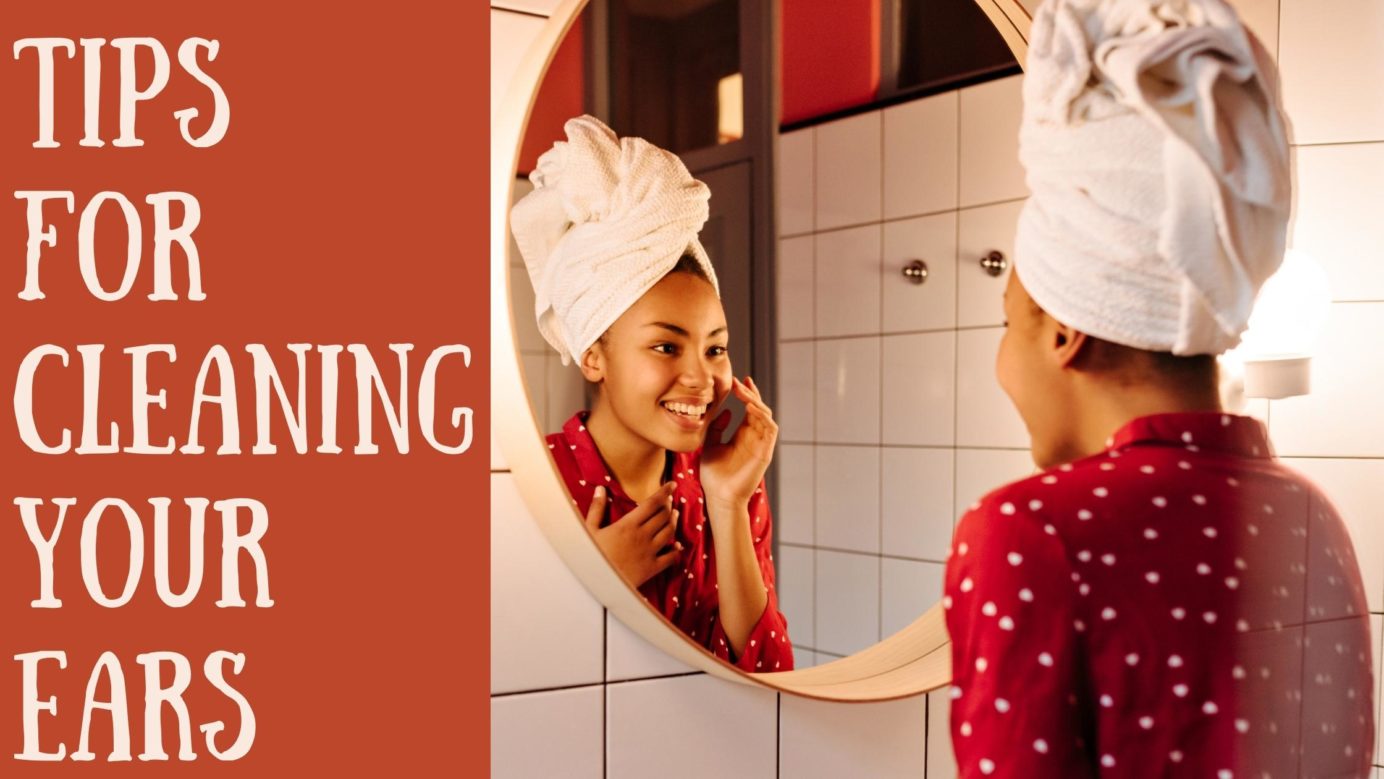- Working with Hearing Loss - May 26, 2023
- Earbud Use Could Harm Your Hearing - May 19, 2023
- Why Pretending to Hear Doesn’t Help - May 2, 2023
From our mouths to our noses, we all have our routines to keep ourselves clean, and it is the same with our ears. However, many people may be cleaning their ears incorrectly. Read on to find out more.
Ear wax is essential for ear protection, but too much ear wax in your ears can cause sounds to become muffled or faint. Here we list some of our favorite ear cleaning tips.
What is ear wax?
To learn how to clean your ears properly, you must first comprehend the critical role that earwax plays in your ear’s health. Earwax, also known as cerumen, is a sticky dark fluid that lubricates the ear canal and keeps it from being itchy, inflamed, or dry.
Cerumen collects dirt, dead skin cells, dust, and debris in the ear canal before expelling itself along with everything it has picked up along the way. Earwax can be unsightly and dirty as it collects at the base of your ear canal and earlobe.
How to tell if you have impacted ear wax
Earwax can accumulate and stay in the ear, causing a variety of symptoms, including the following:
- A feeling of stuffiness in the ear
- Aching, throbbing, or ringing in the ear
- Muffled hearing
- An odor or discharge is present
- Coughing and dizziness
Excessive earwax, if not removed, may fill the ear canal and cause:
- Temporary hearing loss: When earwax obstructs the ear canal, external sound cannot move through and enter the inner ear, and you cannot hear effectively.
- Ear infections: An accumulation of bacteria in the ear canal can lead to infection, which can cause various symptoms such as discomfort, fever, coughing, and so on.
If you are noticing any of these symptoms, it is essential to remove earwax safely. Cleaning your ears can be done in a variety of ways.
Avoid using Q-tips
Improper cleaning is the most common cause of earwax impaction. Cleaning your ears with a small item, such as a Q-tip or cotton swab, can force dried earwax deeper down the ear canal, making it more difficult for it to work its way out. Do not clean your ear with a Q-tip or any foreign object for that matter. This would not only drive earwax more profound into your ears, causing a cerumen impaction, but it may also damage your eardrum!
We also advise against using an ear candle. Although these can remove earwax, they come with several drawbacks. The heat from the candle could harm or burn your ears. You also run the risk of having candle wax on your face.
How to clean your ears properly.
These self-care measures can help you remove excess earwax that’s blocking your ear canal if your eardrum doesn’t have a tube or a hole in it:
- Make the wax softer. Add a few drops of baby oil, mineral oil, glycerin, or hydrogen peroxide to your ear canal with an eyedropper.
- Irrigate. When the wax has softened after a day, gently squirt warm water into the ear canal with a rubber bulb syringe.
- Ensure that the ear canal is dry. When you’re finished, use a towel or a hand-held dryer to dry your outer ear gently.
This wax-softening and irrigation technique will need to be repeated a few times before the excess earwax falls out. Consult your doctor if your symptoms do not change after a few treatments.
What if the ear wax won’t leave?
If these ear cleaning methods aren’t cutting it for you, it’s time to seek professional help. You may need to see an otolaryngologist or ear, nose, and throat specialist in some instances. There may be an underlying problem causing the earwax to build up in an unhealthy manner.
You might have a hearing problem if you’ve had your ears cleaned but still can’t hear clearly – come in for a hearing test if this is the case. If sounds are faint to you or you’re having trouble following conversations, a hearing test will reveal whether you have a hearing loss. We’ll examine your ears and make recommendations on the best treatment options based on your lifestyle and hearing requirements.

